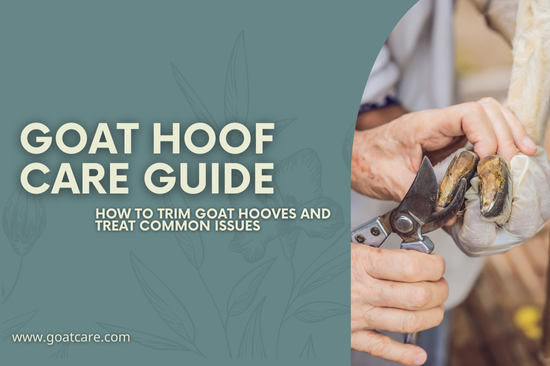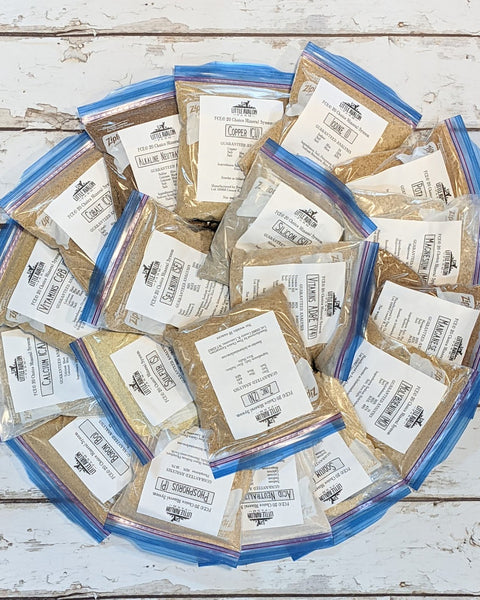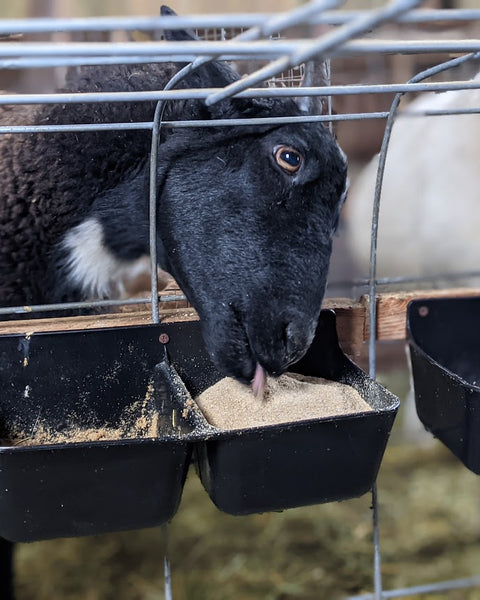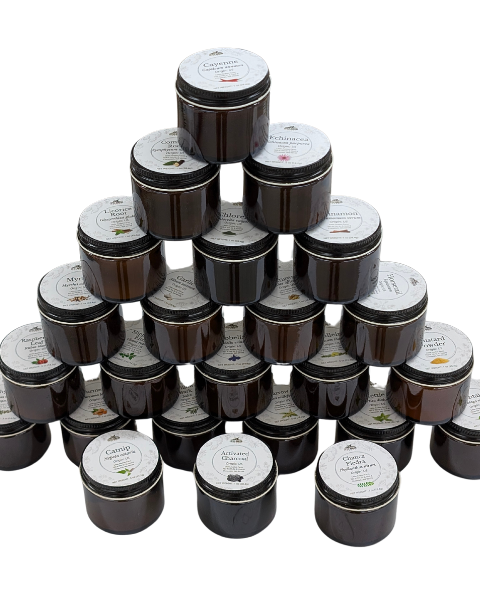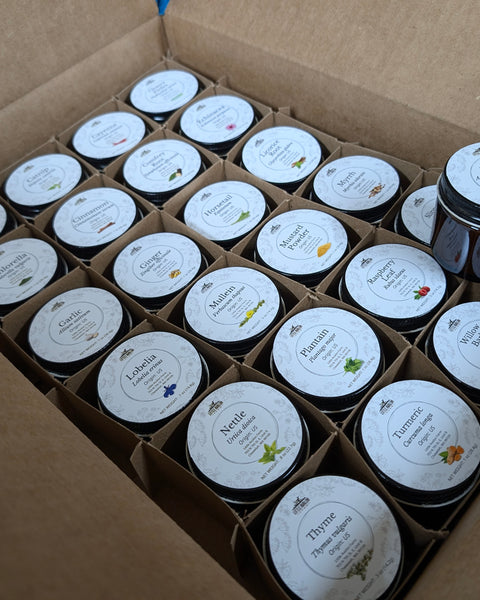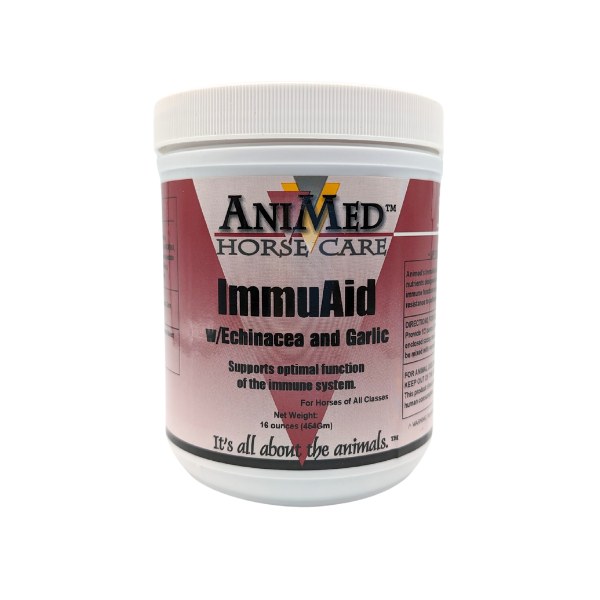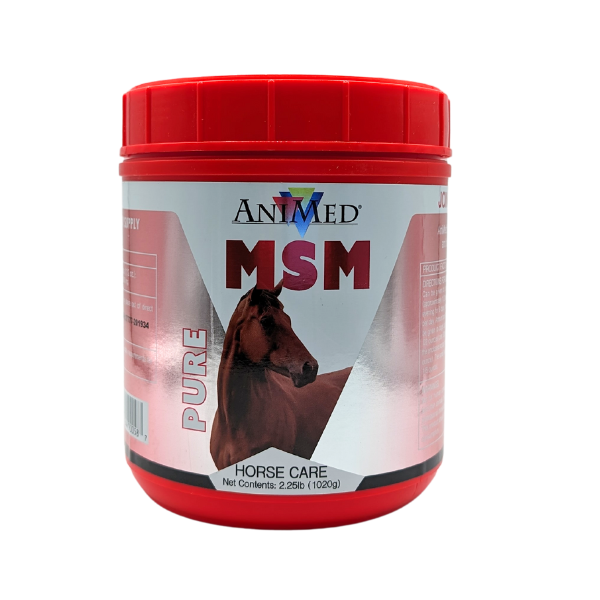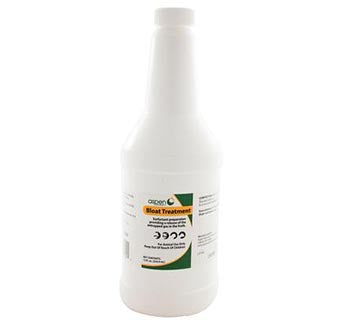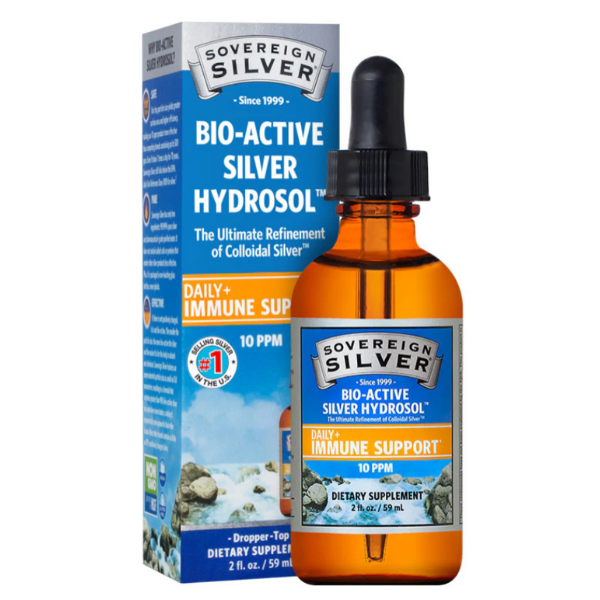Trimming goat hooves is an essential part of overall herd health, though it needn't be complicated or stressful. Unlike their wild counterparts who naturally wear down their hooves traversing rocky terrain, domesticated goats often need our assistance to maintain proper hoof health. Regular use of quality goat hoof trimmers prevents overgrowth that can lead to discomfort, altered gait, and potential infection.
When and Why to Use Goat Hoof Trimmers
Goat hooves grow continuously throughout their lives, similar to our own fingernails. The rate of growth varies based on several factors: diet, mineral balance, environment, and individual genetics. Goats on soft, clay-like pastures typically need more frequent trimming than those with access to rocky areas where natural wear occurs.
Rather than adhering to a rigid schedule, it's better to observe your goats and learn their individual patterns. For most herds, checking for overgrown goat hooves every few weeks provides a good baseline, but you'll soon recognize what works best for your specific animals.
Best Goat Hoof Trimmers and Tools
The foundation of effective hoof care begins with selecting the right goat foot trimmers. While there are many options available, simplicity often works best.
Hoof Trimmers for Different Goat Sizes
For Nigerian Dwarf goats and other smaller breeds,
standard hoof trimmers may feel awkward and oversized. Spring-loaded straight blade pruning shears work exceptionally well as goat hoof trimming tools while reducing hand strain during extended trimming sessions.
For larger breeds, traditional goat hoof trimmers can
be effective, though many goat owners still prefer the maneuverability of pruning shears. Electric trimmers exist but are generally unnecessary for most home herds.
Minimal but Essential Hoof Trimming Equipment
A basic kit for trimming goat hooves might include:
-
Quality hoof trimmers for goats or pruning shears
-
A small rasp for smoothing rough edges
-
Natural styptic powder like cornstarch (in case of accidental cuts)
There's no need for specialized disinfectants in most cases. A clean environment and proper hoof trimming techniques typically prevent infection more effectively than commercial treatments.
How to Trim Goats Hooves: A Gentle Approach
Goats have excellent memories, and a stressful experience can create resistance in future sessions. Creating positive associations makes trimming goat hooves easier for everyone involved.
Preparing Before You Cut Goat Hooves
If possible, handle your goats' feet regularly from a young age so they become comfortable with the sensation. A milk stand keeps the goat secure and provides a comfortable working height, while treats create positive associations.
Step-by-Step Guide for How to Trim Goat Hooves
Jacquelyn gives a great example of what one would aim for when trimming a goat's hoof. Here she cleans up a 5 month old doeling's hoof perfectly. Here is how:
-
Begin by observing the natural shape and any areas of overgrowth
-
Clean away dirt with a brush to better see the hoof structure
-
Use your goat hoof trimmer to cut small amounts at a time, following the natural angle
-
Look for the white line (junction between hoof wall and sole) as your guide
-
Trim the wall until it's flush with the sole, creating a flat surface
-
Never trim so deep that you reach pink tissue or cause bleeding
The goal isn't perfection in one session but gradual improvement over time. As several experienced goat folks emphasize, "little and often" yields better results than aggressive cutting that risks making the goat sore. See the example from Clover Green.
Addressing Overgrown Goat Hooves and Common Issues
White Line Separation and "Shelly Foot"

When dirt and debris pack between the hoof wall and sole, it can create pockets that harbor bacteria and lead to separation. This condition requires careful management:
-
Gently trim the outer wall in a crescent shape to remove the pocket
-
Clean out packed debris without cutting into sensitive tissue
-
Keep the area as dry as possible during healing
-
Consider a diluted apple cider vinegar solution (50/50 with water) for cleaning
Image Credit: Kristen Kunkel 2024
For stubborn cases, some owners use natural remedies like a paste of soy wax and copper sulfate to address bacterial growth or Vetericyn Hoof Care, though a clean, dry environment is often the most effective treatment for trimmed goat hooves.
Recognizing and Treating Hoof Rot

Hoof rot presents a more serious challenge than routine trimming issues. This bacterial infection thrives in moist conditions and can cause significant discomfort, lameness, and a characteristic foul odor. While conventional treatment often involves harsh chemicals, many holistic goat owners find success with gentler, natural approaches.
Image Credit: Natallie O'Brien
Signs of hoof rot may include:
-
Foul-smelling odor from the hoof
-
Soft, decaying tissue between the claws or along the hoof wall
-
Lameness or reluctance to bear weight on the affected foot
-
Heat or swelling around the hoof area
-
Visible separation of hoof wall from underlying tissue
When addressing hoof rot, persistence is key as the condition rarely resolves quickly. Successful natural treatment approaches from experienced goat owners include:
-
Thorough cleaning and trimming: Remove all affected tissue, carefully trimming away dead material until healthy tissue is reached. A callous shaver designed for humans can help with precise removal of affected areas.
-
Coconut oil with tea tree oil: This natural antifungal and antibacterial combination has helped many goats recover within three weeks of consistent application. Apply morning and evening while keeping the goat in a clean, dry environment.
-
Nu-Stock ointment: This sulfur-based salve has proven effective for persistent cases. Apply it to affected areas after trimming away diseased tissue, allow it to soak in, then gently scrape away any resulting scabs to reach raw tissue underneath. Follow with a chlorhexidine wash for enhanced results.
-
Hoof n' Heel solution: Many goat owners report dramatic improvement with this solution, especially for rescue goats with severe cases. Daily application morning and evening, coupled with keeping the goat in dry conditions, can resolve even stubborn infections.
For cases that don't respond to topical treatments, some goat owners find that the root cause may actually be specific mites rather than just bacterial infection. In these persistent situations, a veterinarian might recommend injectable ivermectin treatments, though this represents a more interventional approach than many holistic herds typically employ.
Whatever treatment route you choose, providing a clean, dry environment during recovery dramatically improves outcomes and prevents spread to other herd members.
Mites: An Often Overlooked Cause of Hoof Problems
What appears to be hoof rot sometimes actually stems from mite infestations, particularly during winter and spring months. Mites can cause significant irritation and discomfort, leading to secondary infections that mimic hoof rot. When conventional treatments for hoof rot fail, considering mites as a possible cause may lead to more effective solutions.
Signs that mites might be causing hoof issues include:
-
Persistent stomping or chewing at feet
-
Patchy hair loss around the lower legs
-
Scaling of skin above the hooves
-
Scabbing that doesn't respond to typical hoof rot treatments
-
Multiple failed treatment attempts for suspected hoof rot
Since mites aren't visible to the naked eye, diagnosis typically requires veterinary microscopic examination of skin scrapings. However, natural treatments for mites are generally low-risk and can be tried when symptoms suggest their presence.
Natural Treatments for Hoof Mites
-
Sulfur preparations: Sulfur provides excellent results for many skin conditions including mite infestations. A simple homemade remedy combines 2-3 tablespoons organic yellow sulfur powder with 1/2 cup melted coconut oil. After cooling, apply this liberally to affected areas twice daily for several days, followed by a rest period and then another treatment course if needed.
-
Essential oil dilutions: Tea tree, lavender, and lemongrass oils diluted properly in a carrier oil can effectively combat mites. For safe application, dilute at 1-2% concentration (approximately 10-20 drops per ounce of carrier oil such as olive oil or fractionated coconut oil). Apply to affected areas once or twice daily.
-
Herbal additions: Consider adding myrrh gum powder to sulfur formulations for enhanced effectiveness. Clove (in powder or essential oil form, properly diluted) can also provide additional support in fighting mites.
For persistent cases that don't respond to topical treatments, some goat owners find that injectable ivermectin (administered under veterinary guidance) resolves stubborn mite infestations when other methods fail. However, this represents a more interventional approach than many holistic herds typically employ as a first line of treatment.
Prevention Through Environment and Nutrition
Supporting Strong Hoof Development
Free choice loose minerals allow goats to self-select the nutrients they need for optimal hoof development. A mineral buffet system gives goats the ability to address specific mineral needs, often resulting in stronger hooves that require less frequent trimming. Zinc and copper play crucial roles in hoof integrity.
Some notice that high grain consumption promotes faster hoof growth, requiring more frequent use of goat hoof clippers. Adjusting grain levels may help manage rapid growth in problem cases.
Environmental Considerations for Hoof Health
Hooves thrive in dry conditions. Wet, muddy areas create perfect environments for bacterial growth and can soften hooves, making them prone to deformation. Consider:
-
Creating raised, dry areas near feeding stations and water troughs
-
Using concrete blocks or wooden platforms in frequently used areas
-
Providing rocky surfaces where goats can naturally wear their hooves
-
Using your goat trimmers after rain when hooves are naturally softer
Finding Your Rhythm with Goat Hoof Care
The key to successful hoof maintenance is developing an approach that works for both you and your goats. Corrective trimming of overgrown goat hooves may require attention every two weeks until issues resolve, while maintenance might happen monthly depending on your specific situation.
By observing closely, creating supportive environments, and addressing small issues before they become problematic, you'll find that hoof care becomes an intuitive part of your holistic goat management system rather than a dreaded chore.
Remember that perfect hooves don't happen in a single trimming session. Regular use of quality goat hoof trimmers yields the healthiest results while respecting your goats' comfort and wellbeing.
